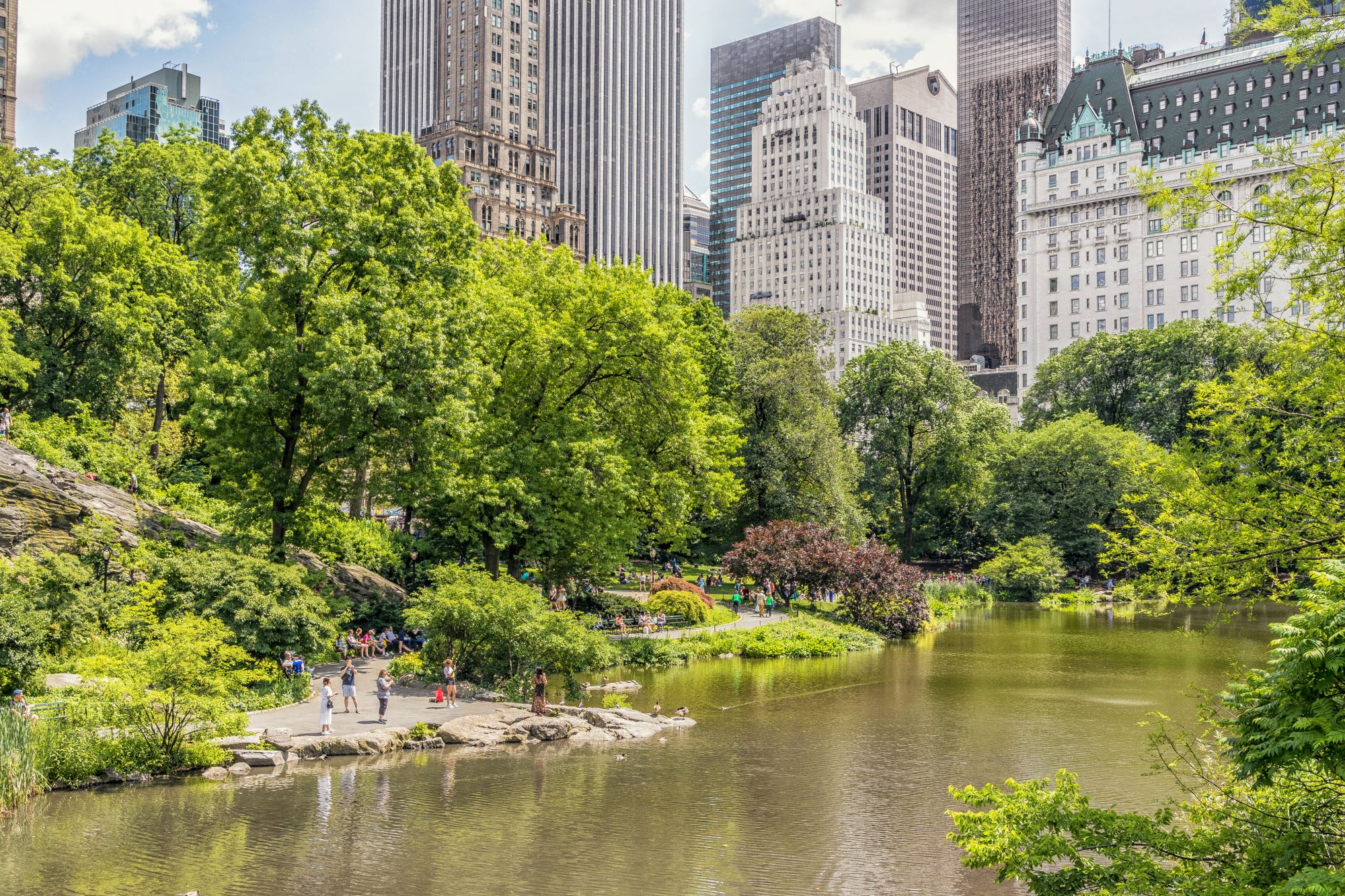Findings from a study recently published in Circulation suggest that living near and having more exposure to urban green and blue (water) spaces has been linked to lower odds of having coronary artery calcification in middle age which is an early marker of cardiovascular disease.
What is coronary artery calcification?
Coronary artery calcium (CAC) is when calcium builds up in the plaque(made up of fat and cholesterol) found within the walls of the coronary arteries that supply blood to the heart muscle (atherosclerosis). The presence of coronary calcification is also known as hardening of the arteries, and this can be a sign of early coronary artery disease which can cause a heart attack.
A coronary calcium X-ray scan is conducted to provide a calcium score to determine the amount of buildup in the arteries. Risk factors for CAC include but are not limited to advanced age, diabetes, obesity, high BMI, high cholesterol levels, smoking, high blood pressure, chronic kidney disease, family history, and parathyroid hormone irregularities.
The study
Proximity to urban blue and green spaces has previously been linked to better cardiovascular health. This study from Northwestern University involving 2,960 participants who were followed for 25 years examined the associations between blue and green spaces and CAC by the role of social determinants of health, such as race and neighborhoods with lower socioeconomic status in these associations, particularly with long-term observational data drawn from the Coronary Artery Risk Development in Young Adults (CARDIA) study, a multi-center prospective cohort study across four urban cities in the U.S.
The researchers found that being near and having more exposure to urban green space and blue space is linked to lower odds of having coronary artery calcification in middle age, and these associations were more pronounced among Black individuals and those living in neighborhoods with lower socioeconomic status, with the strongest effects observed in Black individuals in economically deprived neighborhoods.
Specifically, Black participants with the highest accessibility to blue spaces had 32% lower odds of coronary artery calcification compared to those with the lowest. Black participants with greater access to green spaces had up to 35% lower odds of calcification, and for each 10%-point increase in green space, the odds of having coronary artery calcification decreased by 15% on average.
The CARDIA Study
The CARDIA study began in 1985-1986 with 5,115 individuals in early adulthood (mean age 24.8). For blue and green spaces, researchers included percent blue space cover, distance to the nearest river, percent green space cover, and distance to the nearest major park within 5 km of the participants’ residential addresses. The presence of CAC was measured using a CT (computed tomography) scan when participants were about 50 years old.
The protect effect of living near green and blue spaces
“The protective effect of having access to urban blue and green spaces with coronary artery calcification highlighted in our study underscore the potential benefits of such infrastructure, particularly for underserved populations at higher risk for cardiovascular disease,” said corresponding author Dr. Lifang Hou, a professor of preventive medicine at Northwestern University Feinberg School of Medicine. “Our findings provide quantitative evidence supporting environmental policies to enhance the accessibility and quality of residential blue and green spaces, which can promote public health and address racial and neighborhood-related health disparities.”
“Having more green and blue spaces may provide increased opportunities for physical activities, social interactions, stress relief and restoration, all of which have been linked to improved metabolic and cardiovascular health,” Hou said. “Additionally, exposure to green and blue spaces has been shown to boost people’s immune system, reduce chronic inflammation and slow down the biological aging process, all of which are biologically important in people’s overall health and cardiovascular health. More studies are needed to fully understand the role of urban natural environments in pathways related to human health.”
Park condition and safety
“The poor condition of parks and/or safety concerns in underserved urban neighborhoods might deter park use and prevent residents from fully benefiting from these spaces,” said study first author Kyeezu Kim, adjunct assistant professor of preventive medicine at Feinberg and assistant professor at Sungkyunkwan University School of Medicine in South Korea. “From a public health perspective, the results suggest the need for quality control and management of the surrounding environment in neighborhoods with disadvantaged social determinants of health. More data is warranted to fully explain this observation.”
-
As with anything you read on the internet, this article should not be construed as medical advice; please talk to your doctor or primary care provider before changing your wellness routine. This article is not intended to provide a medical diagnosis, recommendation, treatment, or endorsement. Additionally, it is not intended to malign any religion, ethnic group, club, organization, company, individual, or anyone or anything. These statements have not been evaluated by the Food and Drug Administration.
Content may be edited for style and length.
References/Sources/Materials provided by:


